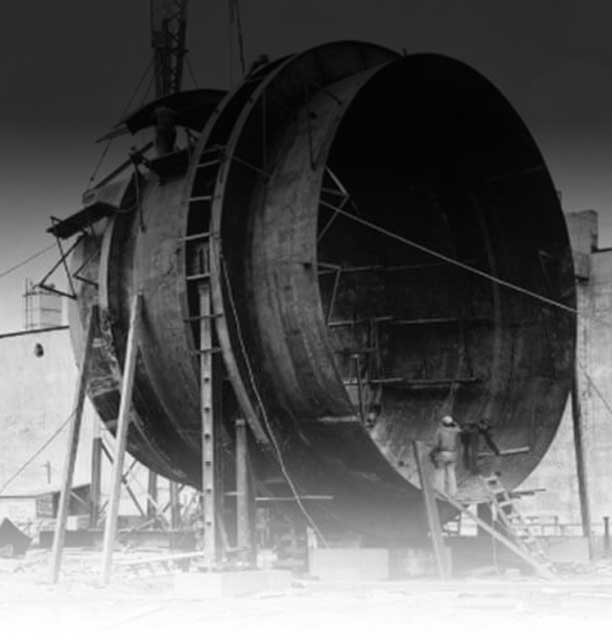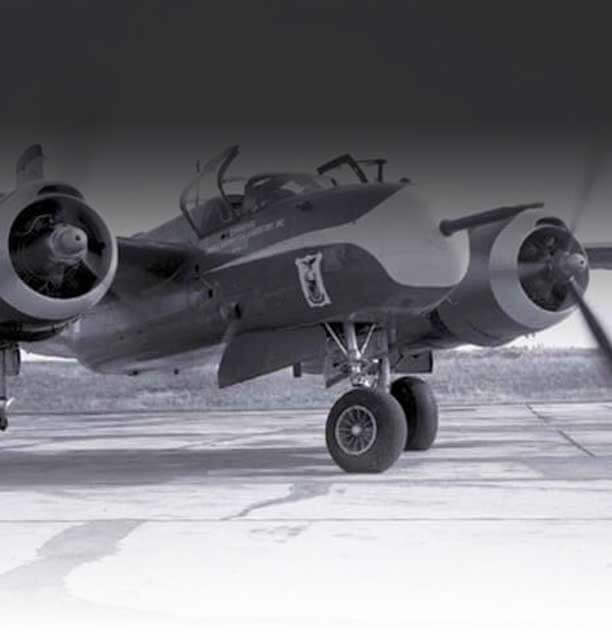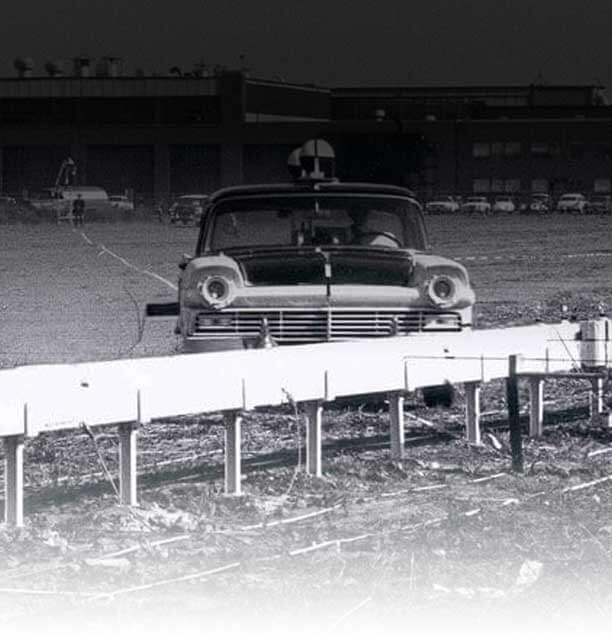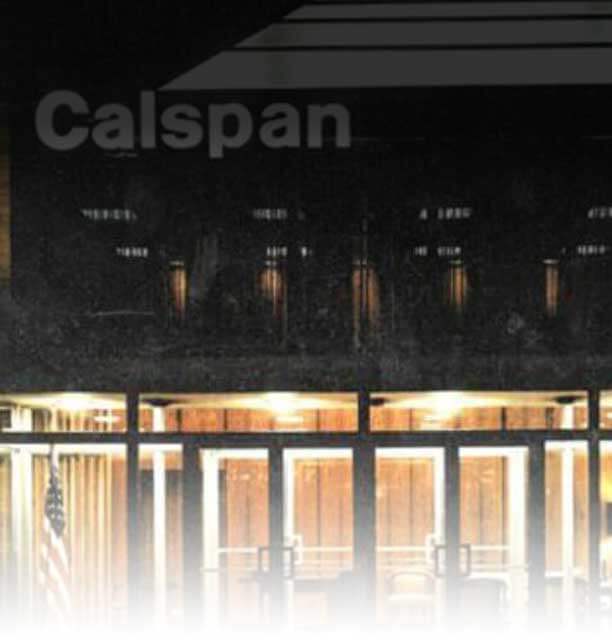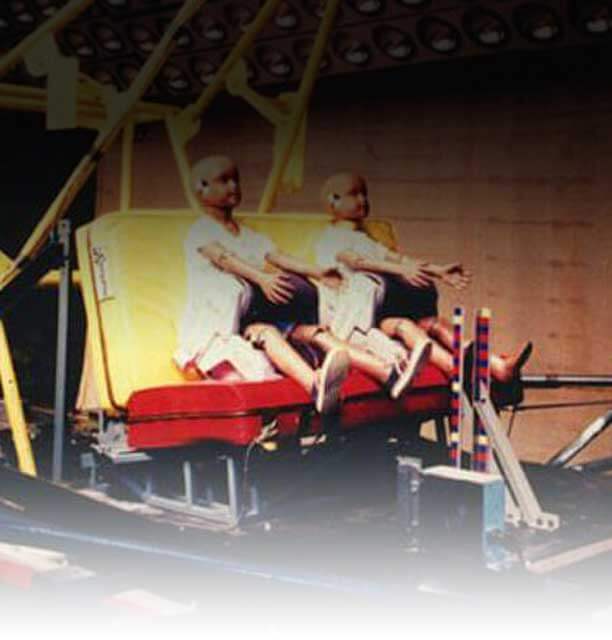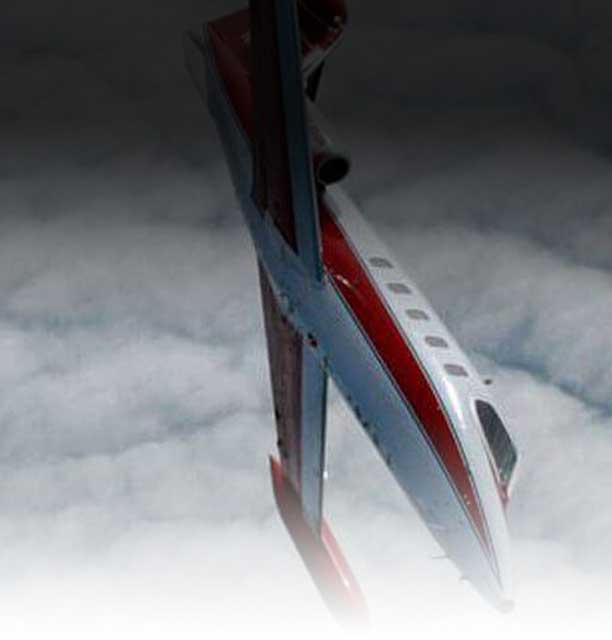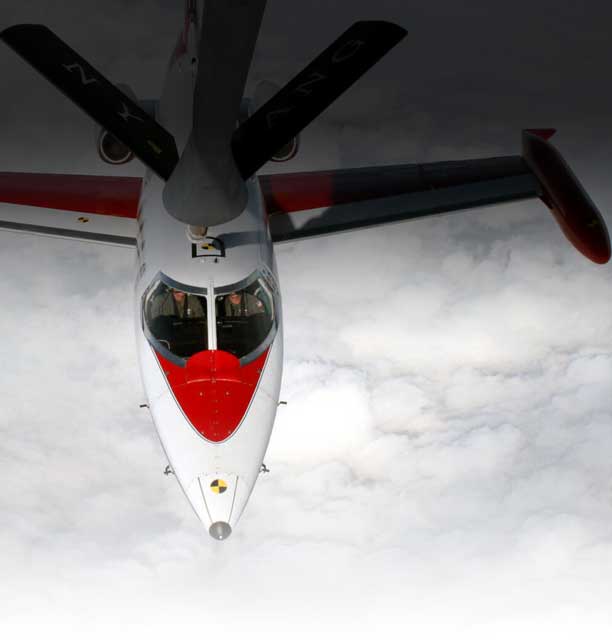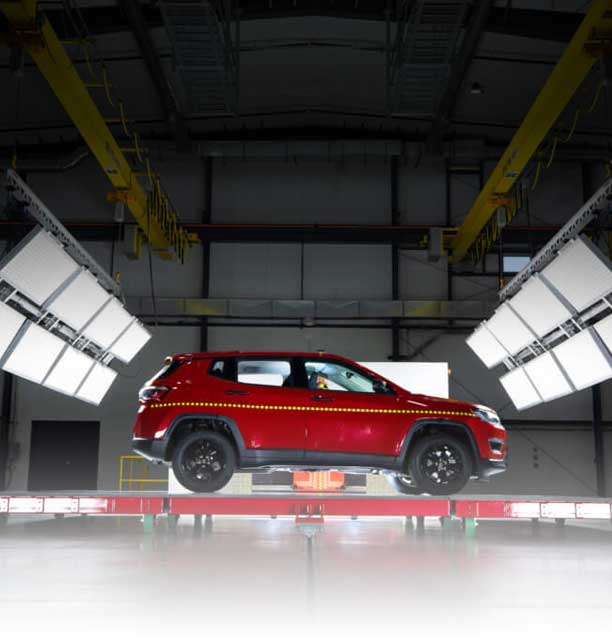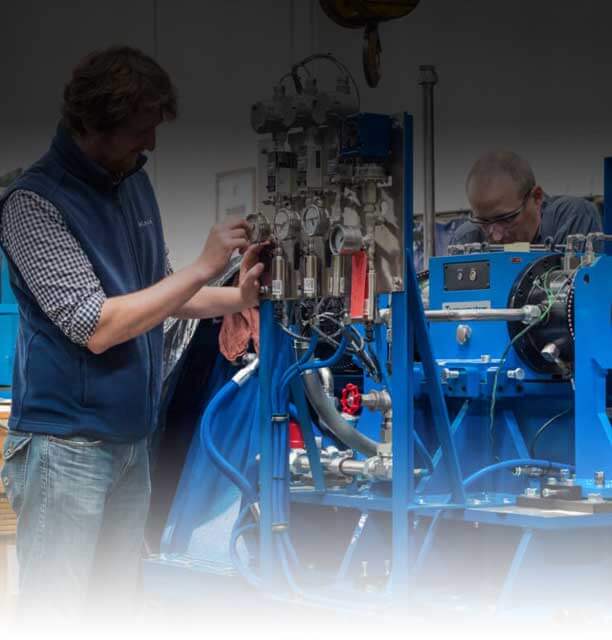1970s
75 YEARS OF TESTING THE FUTURE
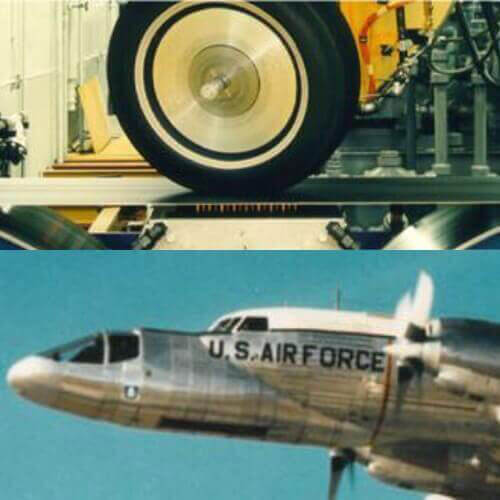
1970
New Test Facilities: Designs and builds the world’s largest flat track advanced tire testing facility (TIRF). First flight of the Total In-flight Simulator (TIFS) aircraft after installation of simulation system and cockpit nose.
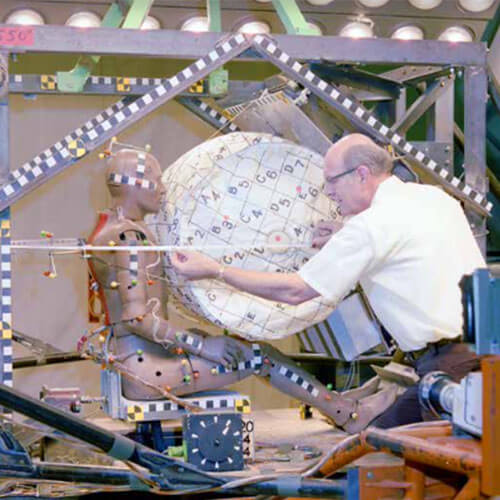
1970
The first commercial sled test conducted for the Olin Airbag Company. Much of the early testing was focused on airbag development. Later, child seat testing became a large part of Calspan’s sled testing revenue.

1970
Test program to evaluate the efficacy of breakaway support structures for road signs. The primary objectives were to observe the reaction of the vehicle when it hit the candidate barriers.

1970
Calspan Transportation Research Department designs a computer simulation Highway Vehicle Object Model HVOSM. The program was developed as part of Calspan’s work in highway safety, in order to predict a car’s behavior at the outer limits of a driver’s control – in an accident situation, or in the violence of the Spiral Jump.

1971
The X-22A V/STOL In-Flight Simulator was designed and built by Bell Aircraft Company as an in-flight simulator research aircraft. The X-22A supported development of the McDonnell Douglas AV-8B Harrier II aircraft as well as the Bell XV-15 aircraft. Research work on decelerating and descending approaches from forward flight to a precise hover was tested using the X-22A and its programmable HUD.
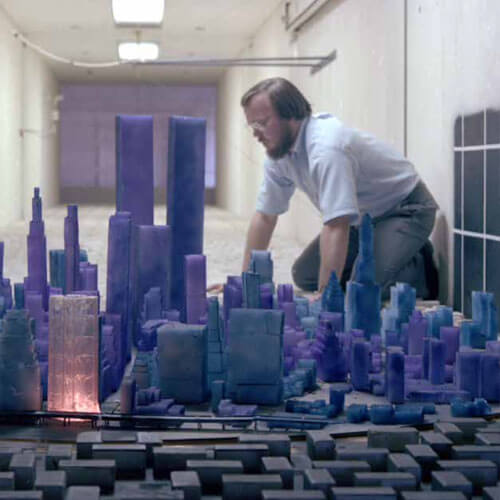
1971
Calspan’s Atmospheric Simulation Facility (ASF) was designed to model the motion reduced by the resistance of buildings, vegetation, and other surface features. ASF researched the effects of wind on cityscapes and other outdoor structures, the impact of the atmosphere on various structures, and to visualize the dispersal of smoke and pollutants in the presence of wind and turbulence.
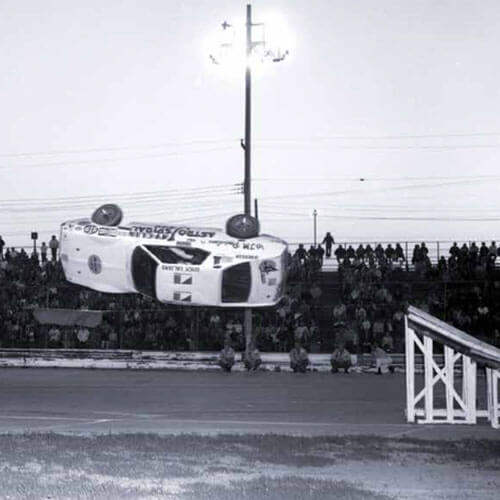
1972
The first public demonstration of a manned jump, called the Astro Spiral Jump, was performed in the Houston Astrodome using a modified Javelin as part of the American Thrill Show. It was performed numerous times around the country including at the Lancaster Speedway.
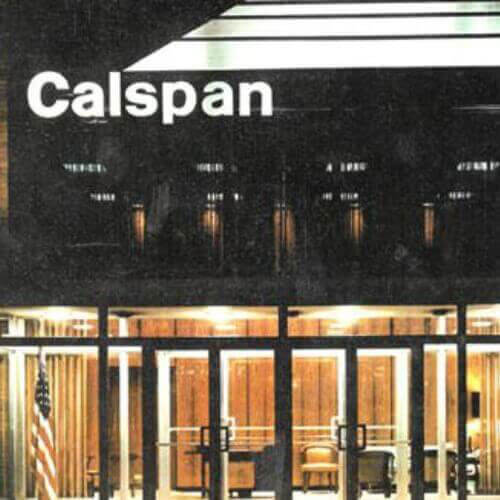
1972
C.A.L was sold through an issue of stock to the public with a majority ownership retained by Cornell University, but the name had to be changed to no longer refer to ‘Cornell’. In October, Cornell Trustees announced that C.A.L. was now the for-profit company, Calspan Corporation.

1973
TIRF became operational as a premier test facility to test and model tires used by tire manufacturers and the motorsport industry.
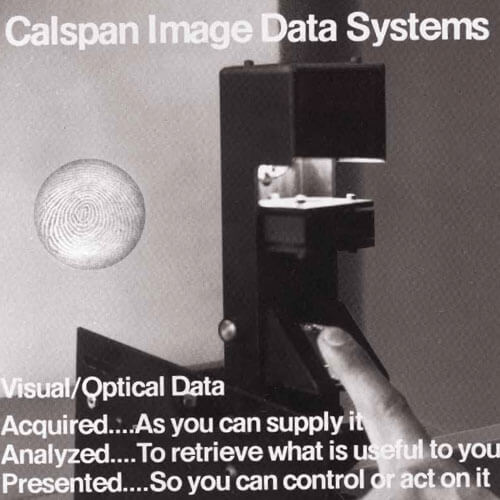
1973
Calspan Technology Products, Inc. offered products developed from their fingerprint recognition technology. FINDER, an automatic fingerprint reading system, FINGERMATCH, a computer aided encoding, search, and matching of latent fingerprints, and FINGERSCAN, a fingerprint-based access control system. Calspan’s fingerprint technology led to the installation of an automatic identification system at FBI headquarters in Washington, DC.
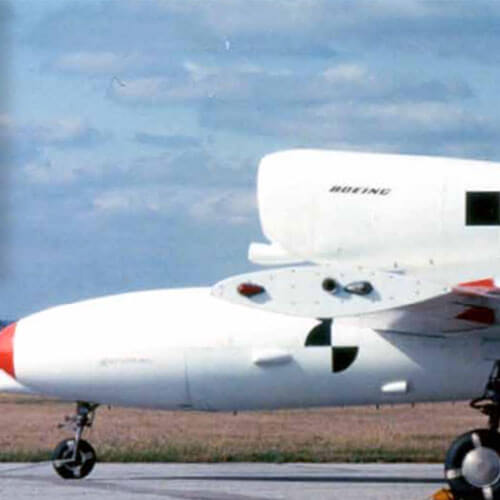
1975
With the increase of unmanned aircrafts, in-flight simulation technology changed. The USAF Total In-flight Simulator (TIFS) was used to test the automatic take-off and landing capability of Boeing’s YQM-94 aerial reconnaissance drone, as well as remote pilot operation from a ground station.

1978
Calspan Corporation was sold to the Indiana-based automotive parts manufacturer Arvin Industries and became the Arvin/Calspan Advanced Technology Center.
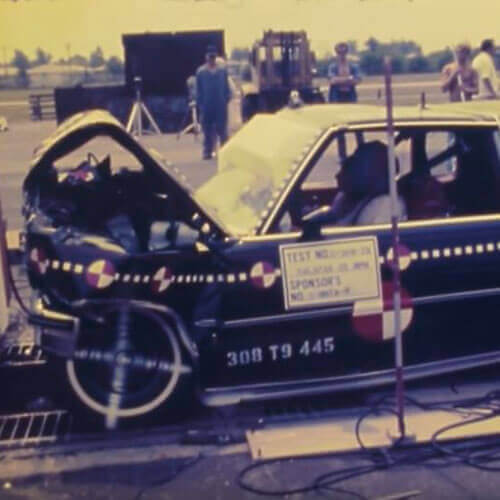
1979
NHTSA formulated the New Car Assessment Program (NCAP) to provide 5-star ratings for new cars based on crashworthiness. Calspan conducted 41 crash tests of the 1979 model cars.
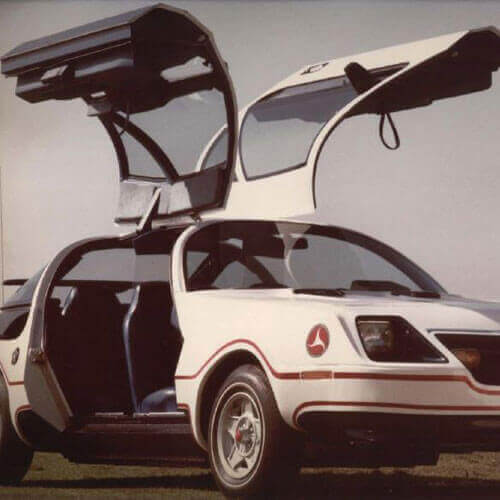
1979
Calspan ATC produces a research safety vehicle that incorporates advanced safety system concepts.
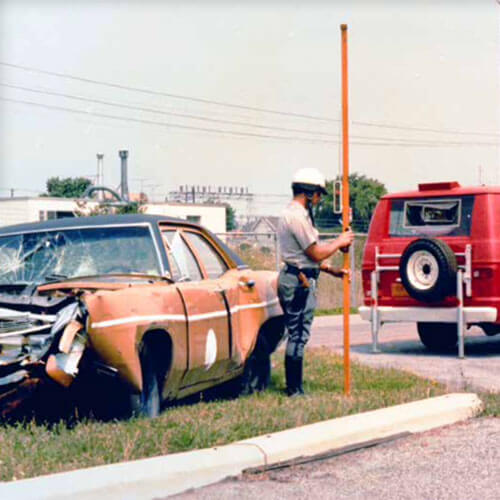
1979
Calspan collected data and entered it into the mass NHTSA database for the ‘National Automotive Sampling System,’ (NASS). Data was gathered by field offices, slides and other on-scene data was collected, downloads taken from the automobile Event Data Recorders, and injury information gathered. This data was then sent to Calspan where it was quality controlled and entered into the master NASS database for NHTSA.
